Get $50 OFF + Free Shipping on All Orders over $160
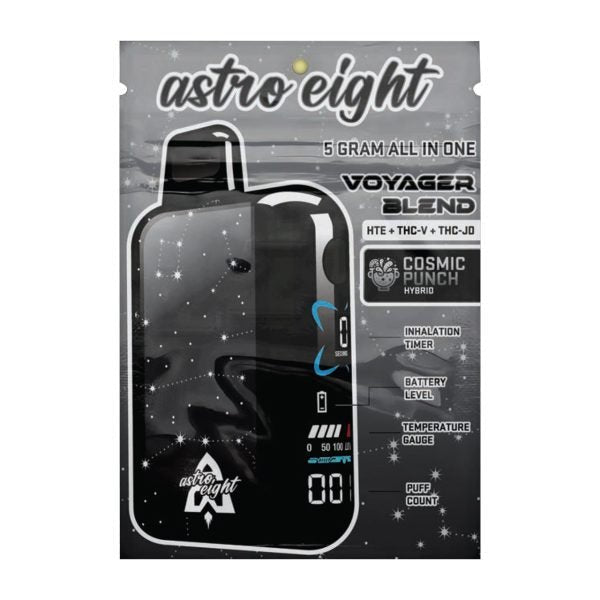
Astro Eight

Backpack Boyz

Boutiq

Blinkers
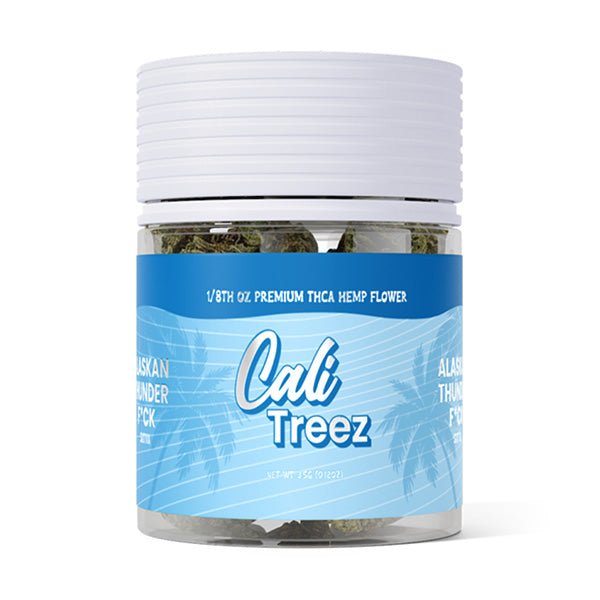
Cali Extrax
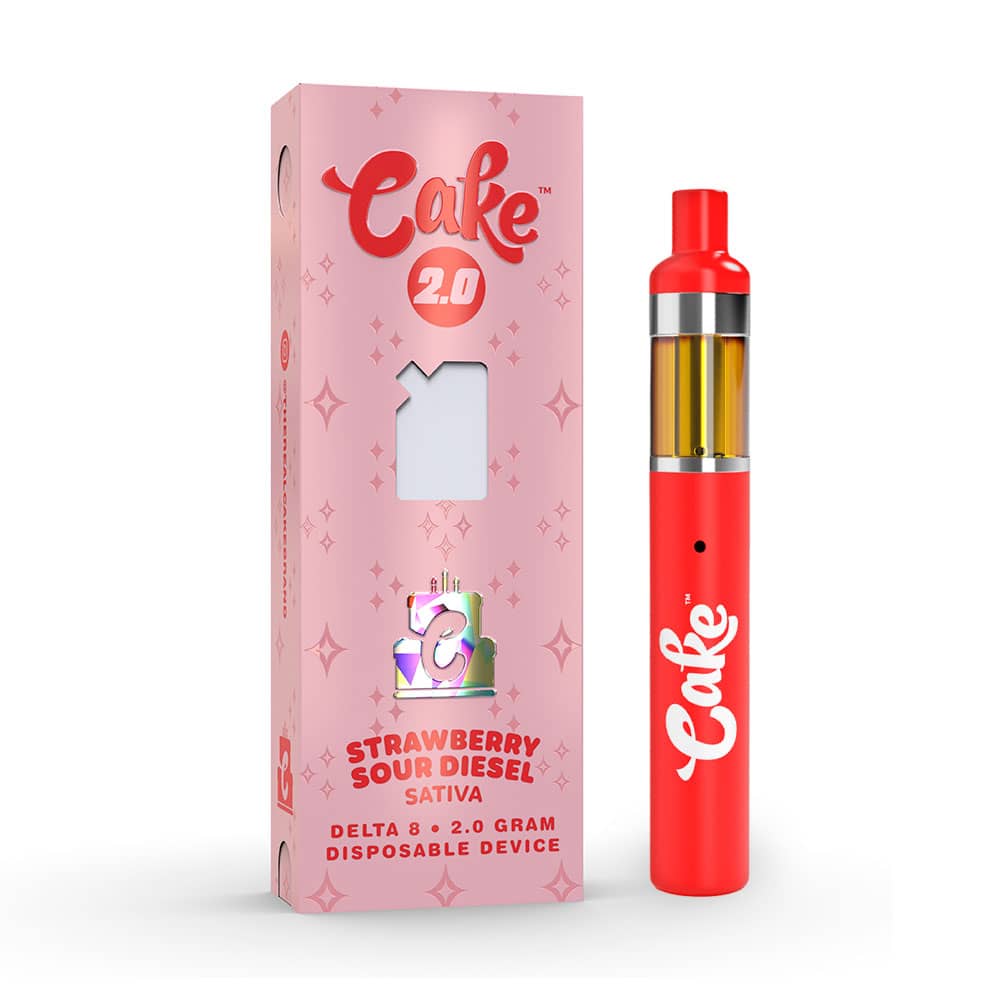
Cake
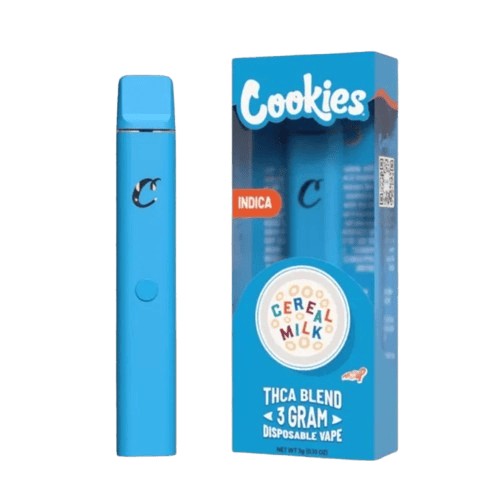
Cookies

Cornbread Hemp

Daywalker
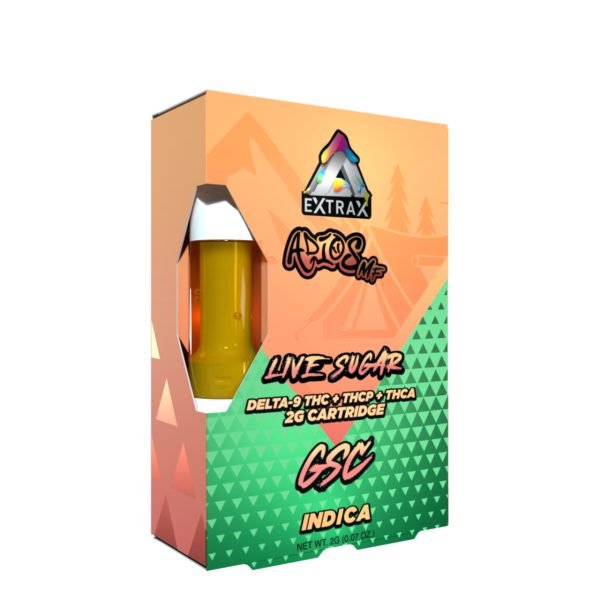
Delta Extrax
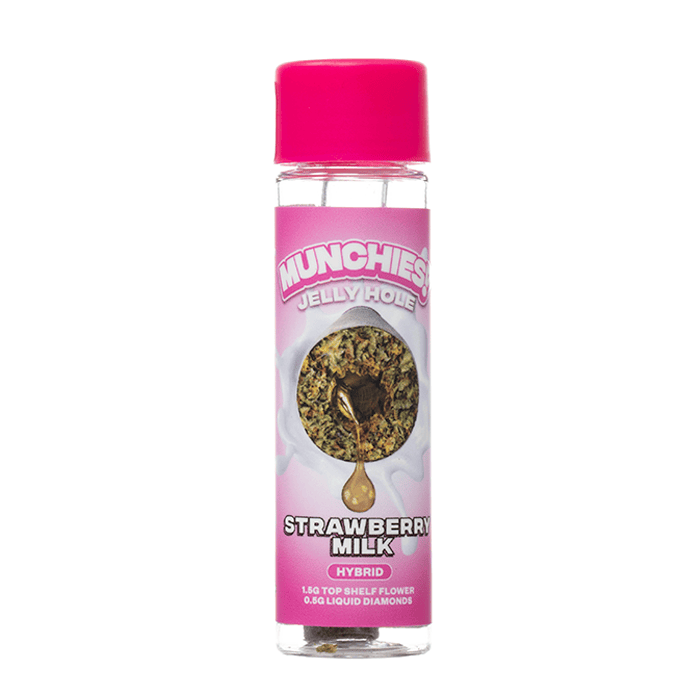
Delta Munchies
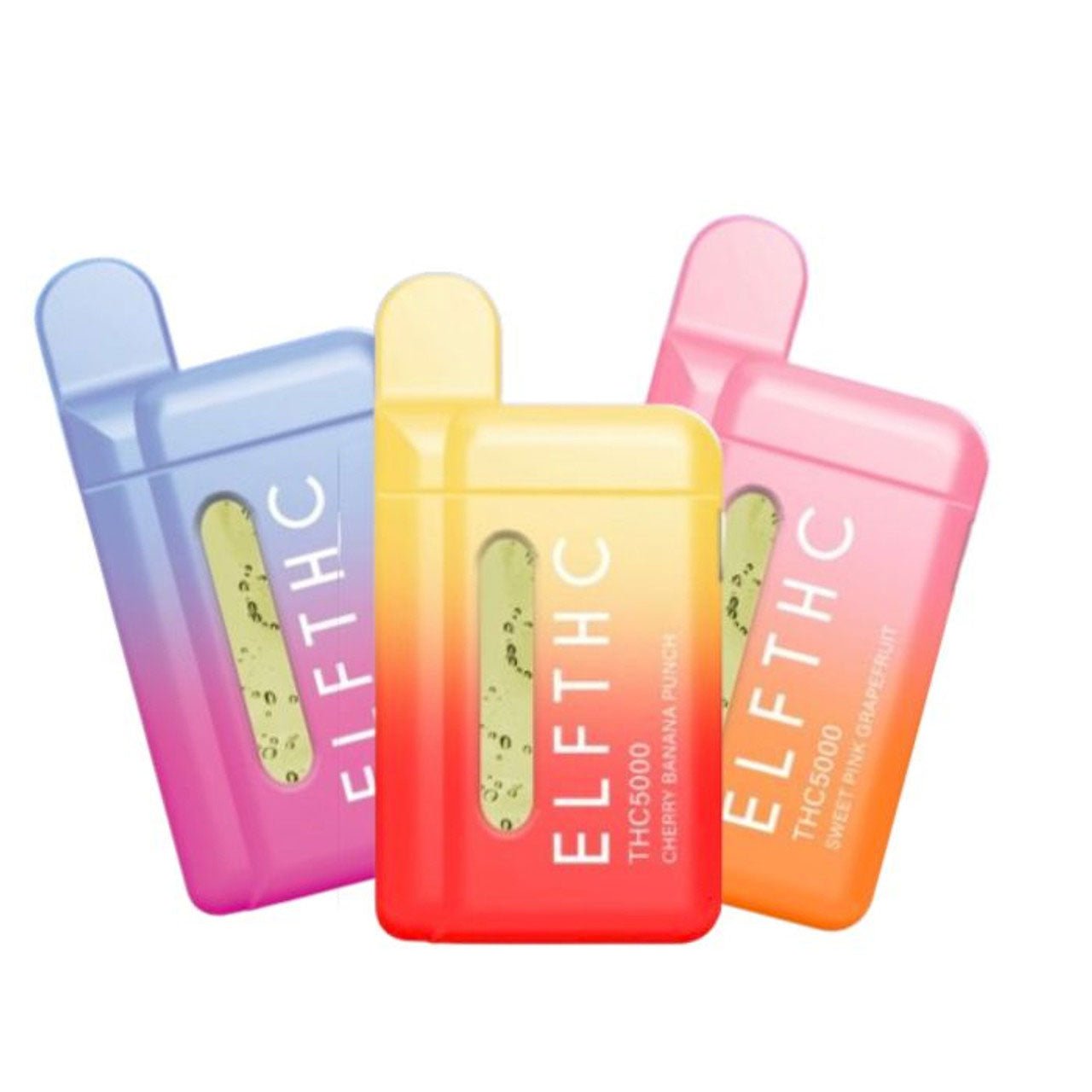
ELF THC
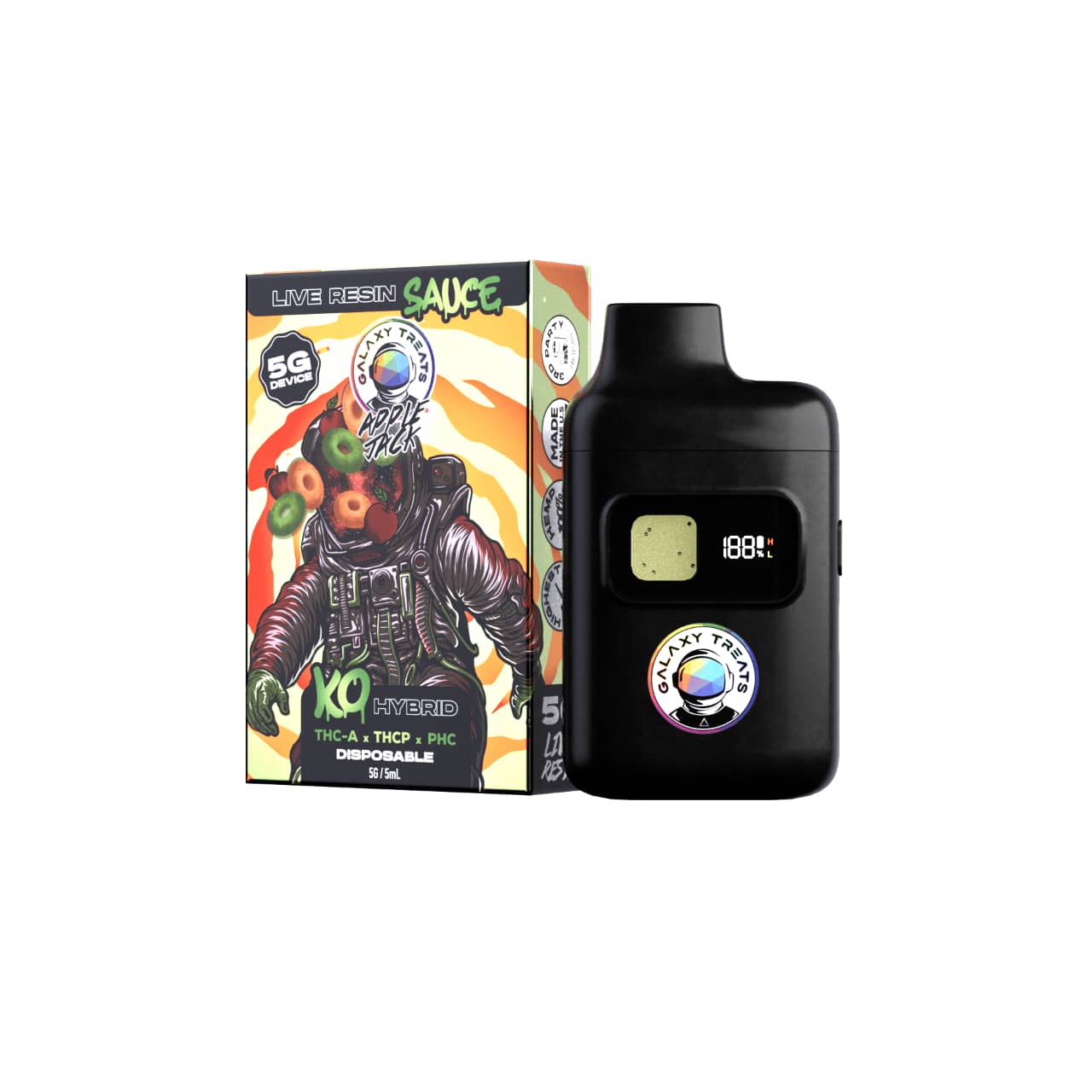
Galaxy Treats

Ghost Hemp
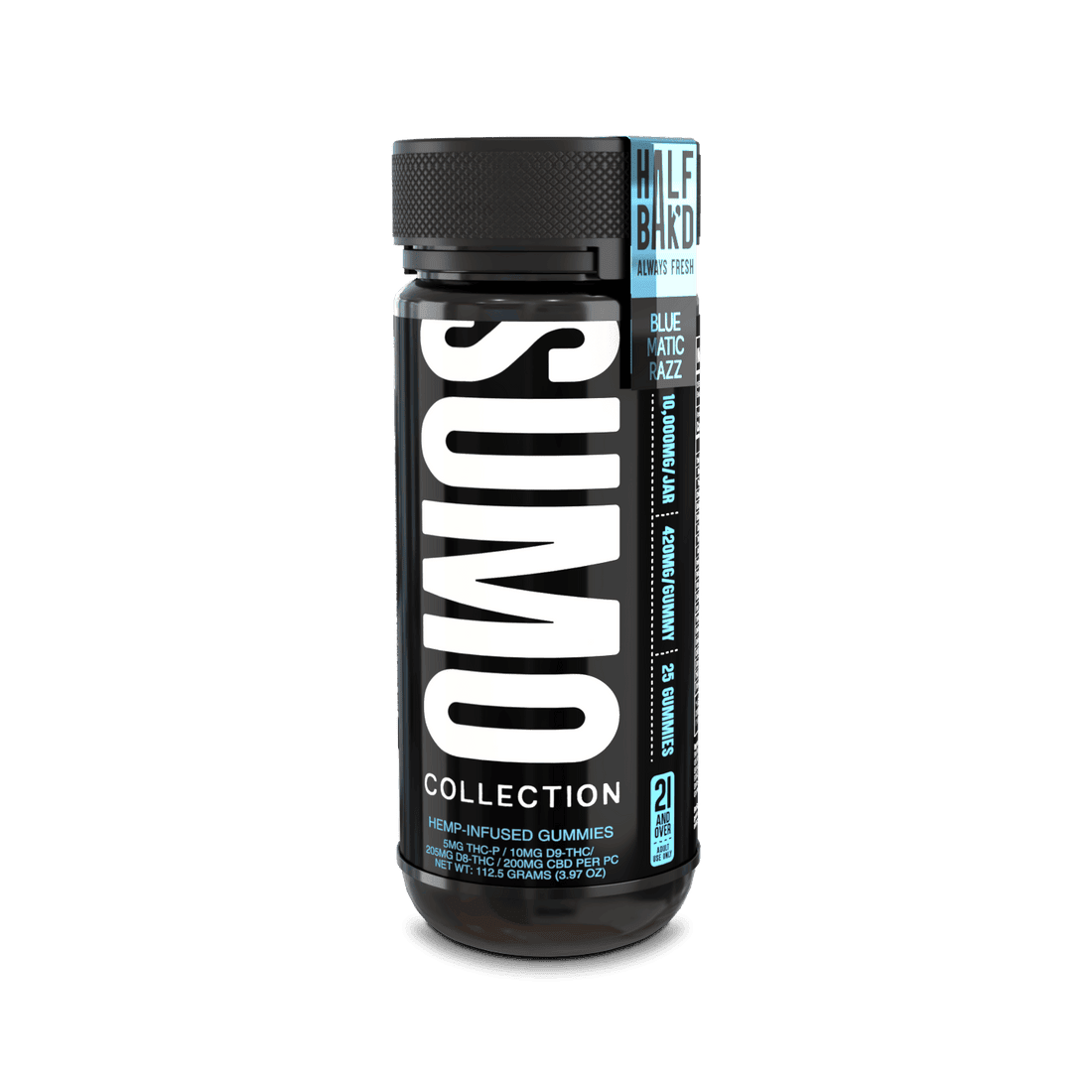
Half Bak'd
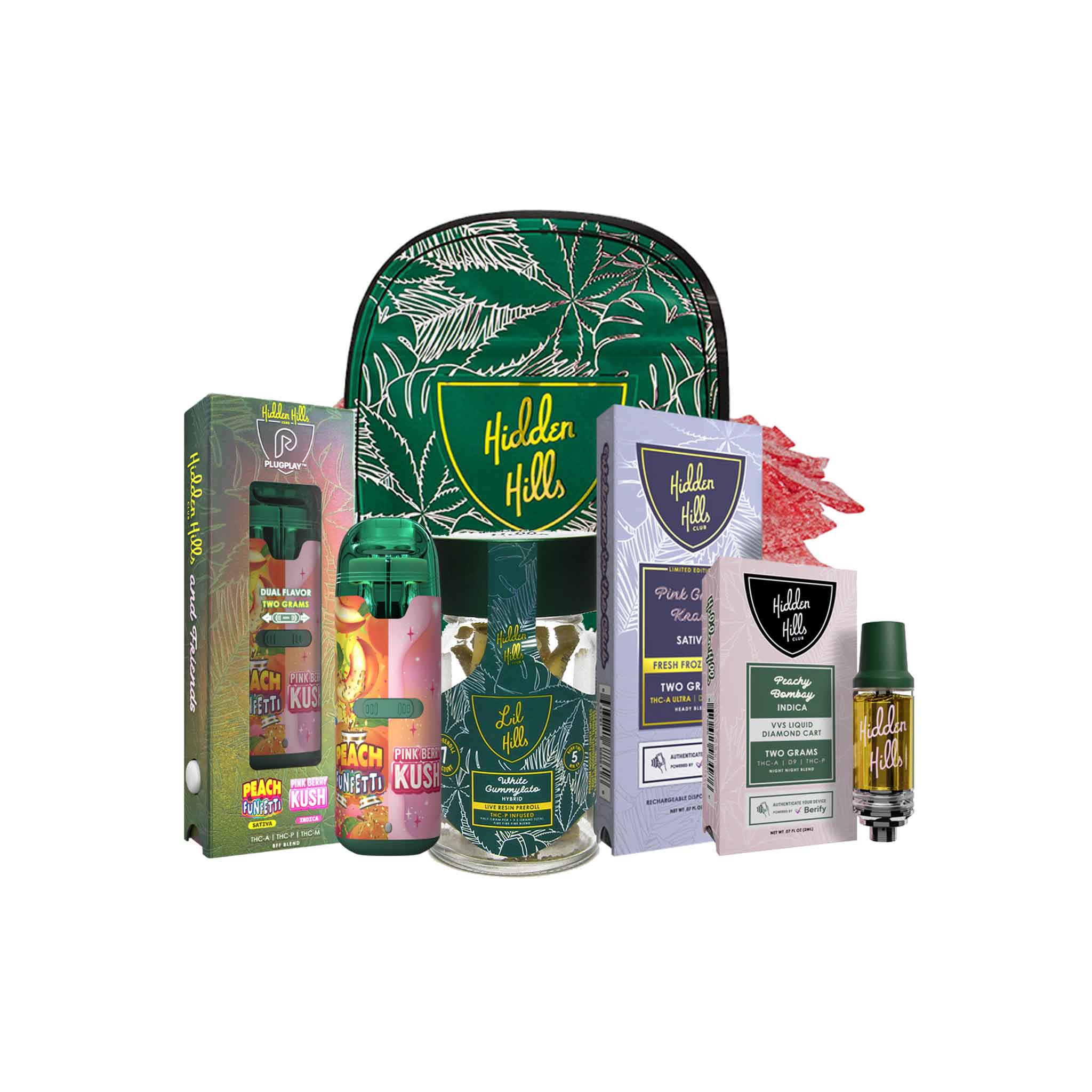
Hidden Hills
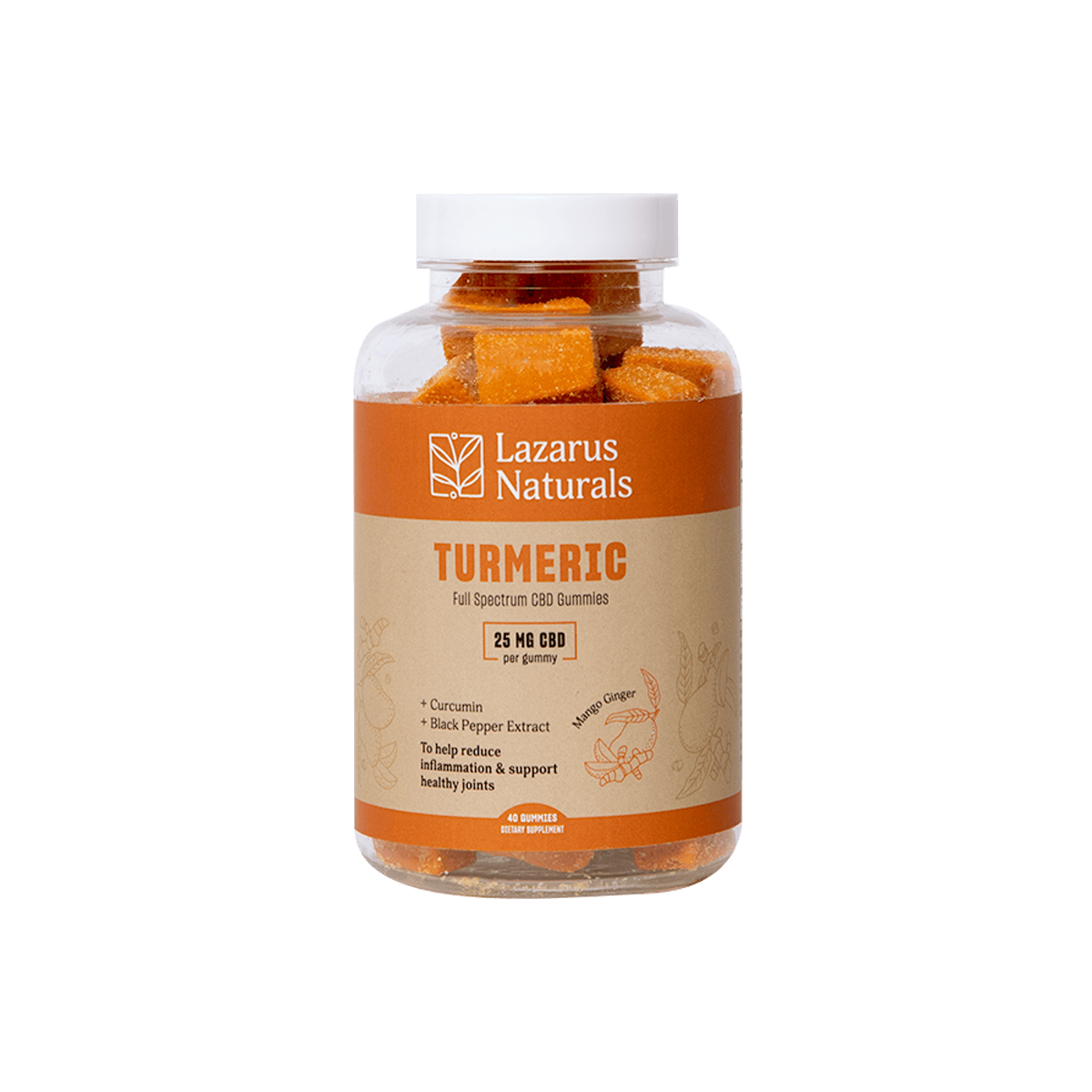
Lazarus Naturals
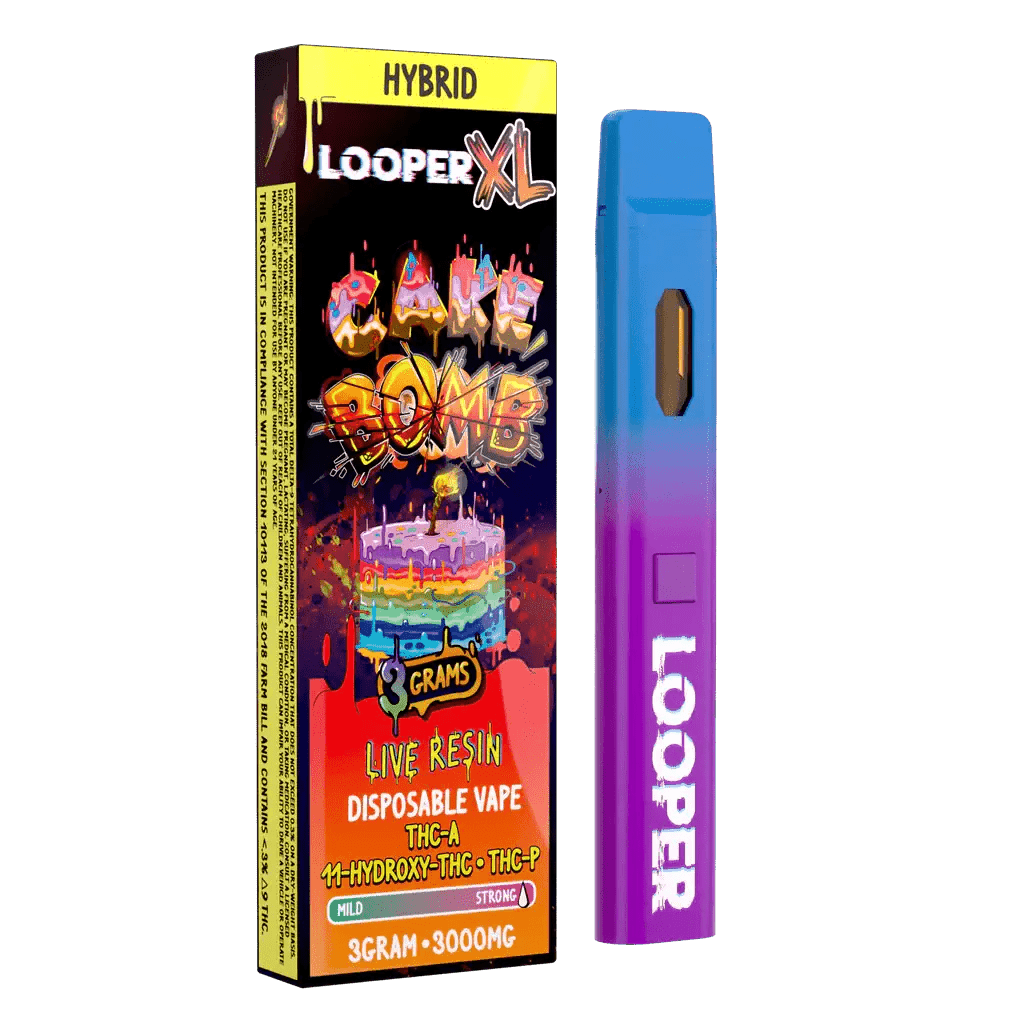
Looper
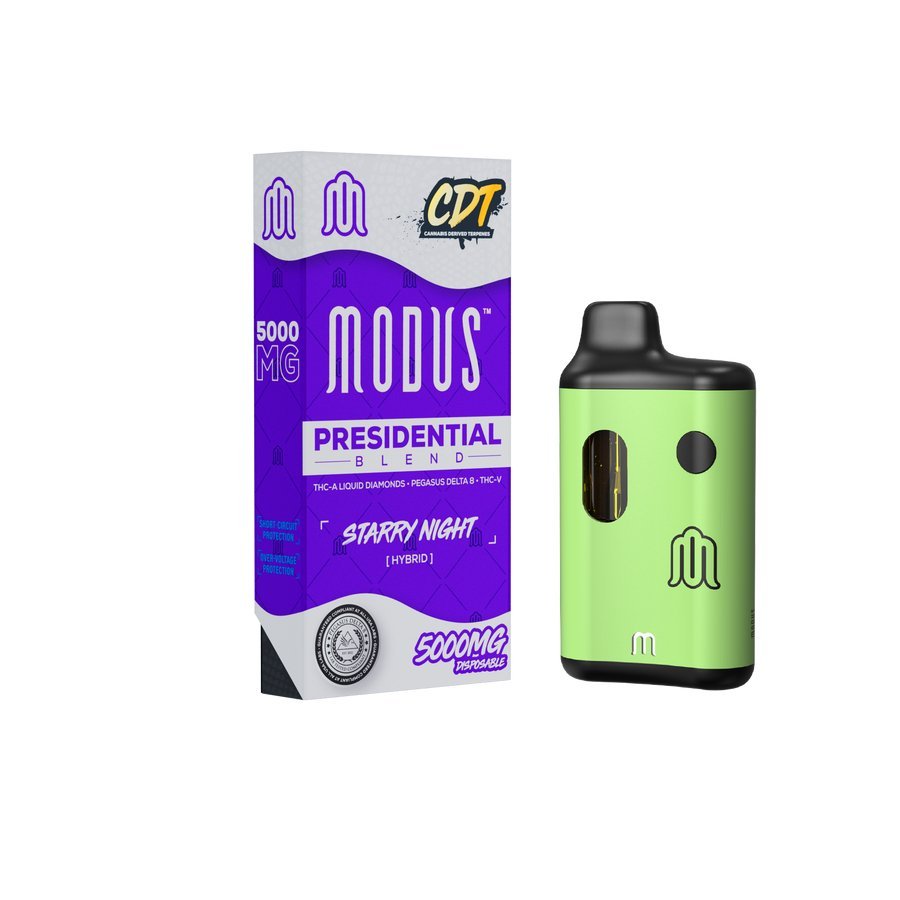
Modus
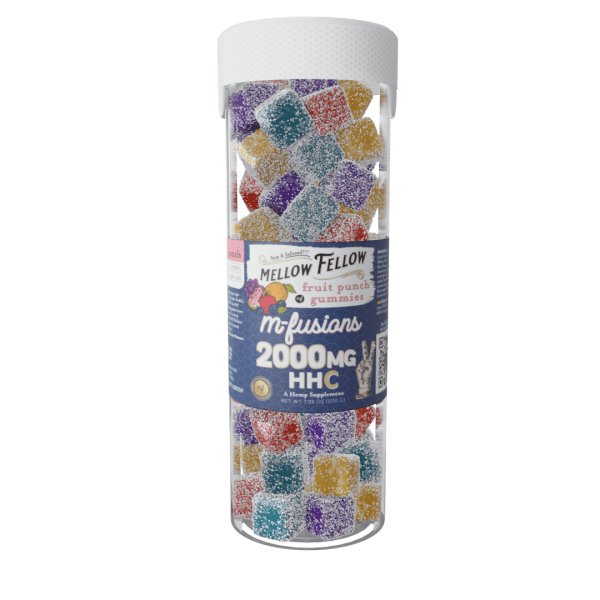
Mellow Fellow
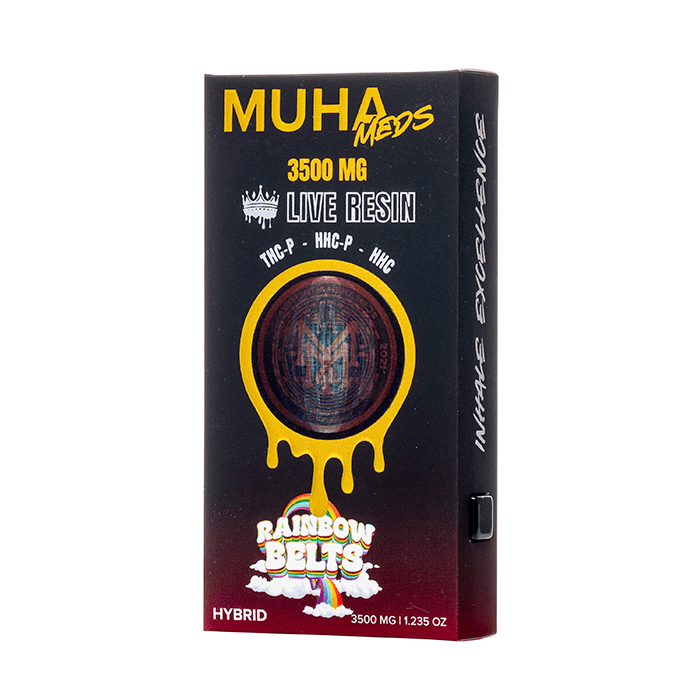
Muha Meds
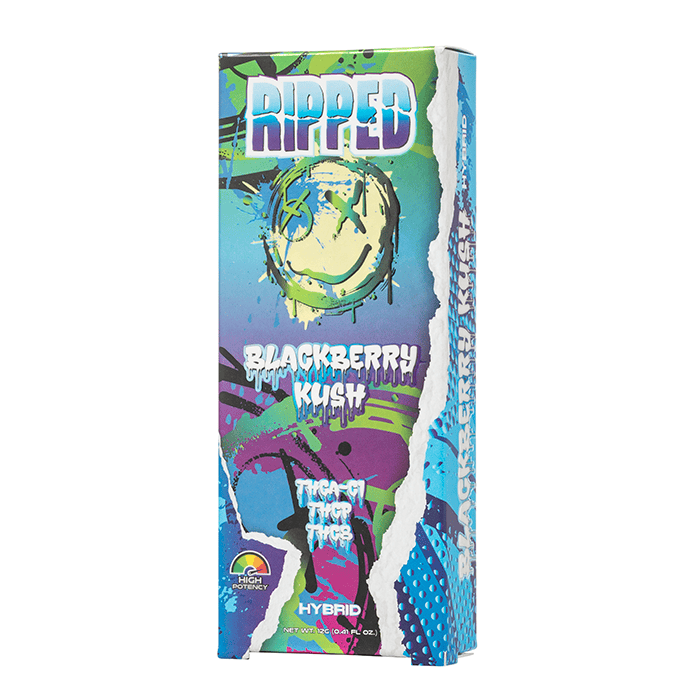
Ocho Extracts
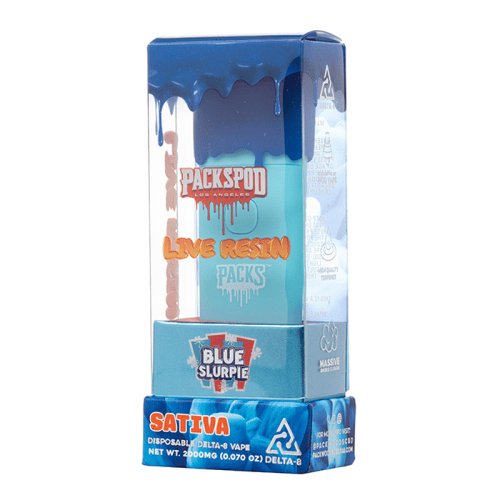
Packspod
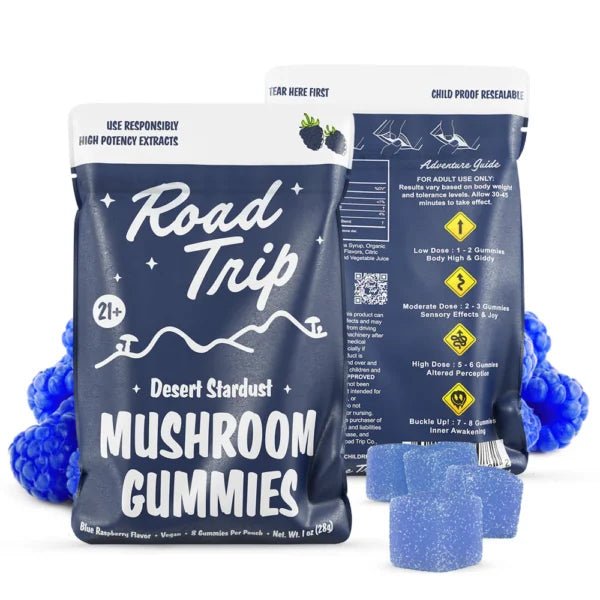
Road Trip
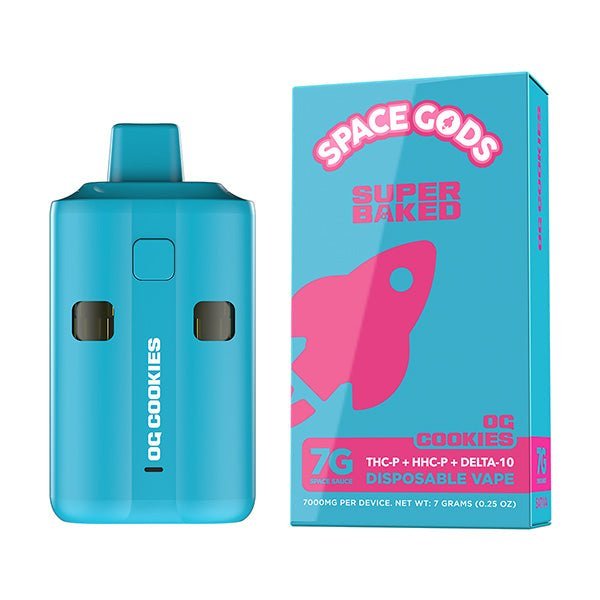
Space Gods

STNR Creations
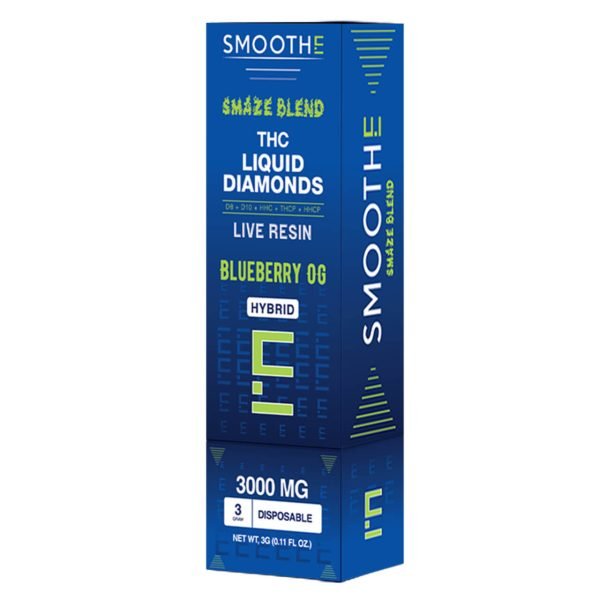
Smoothe
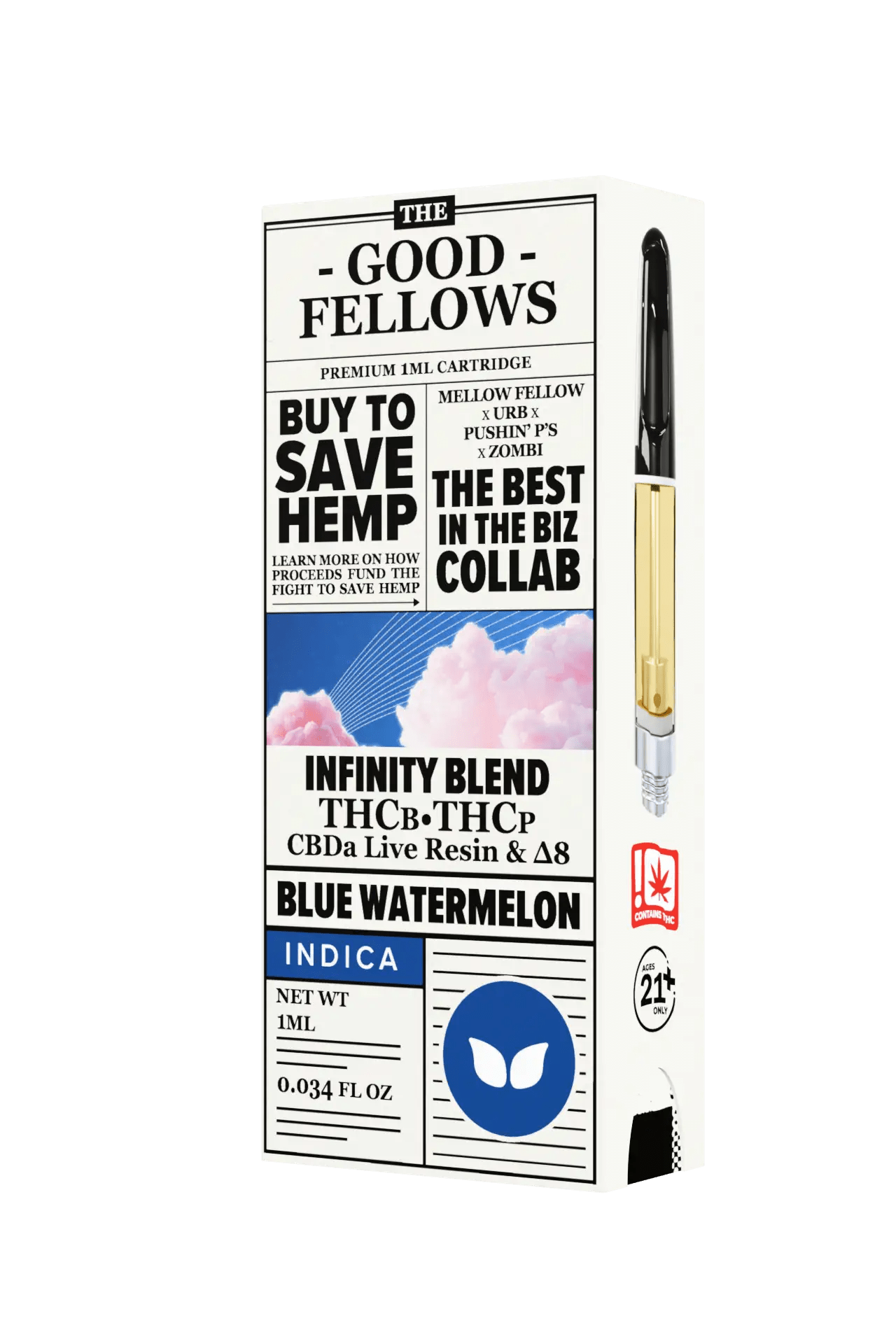
The Good Fellows
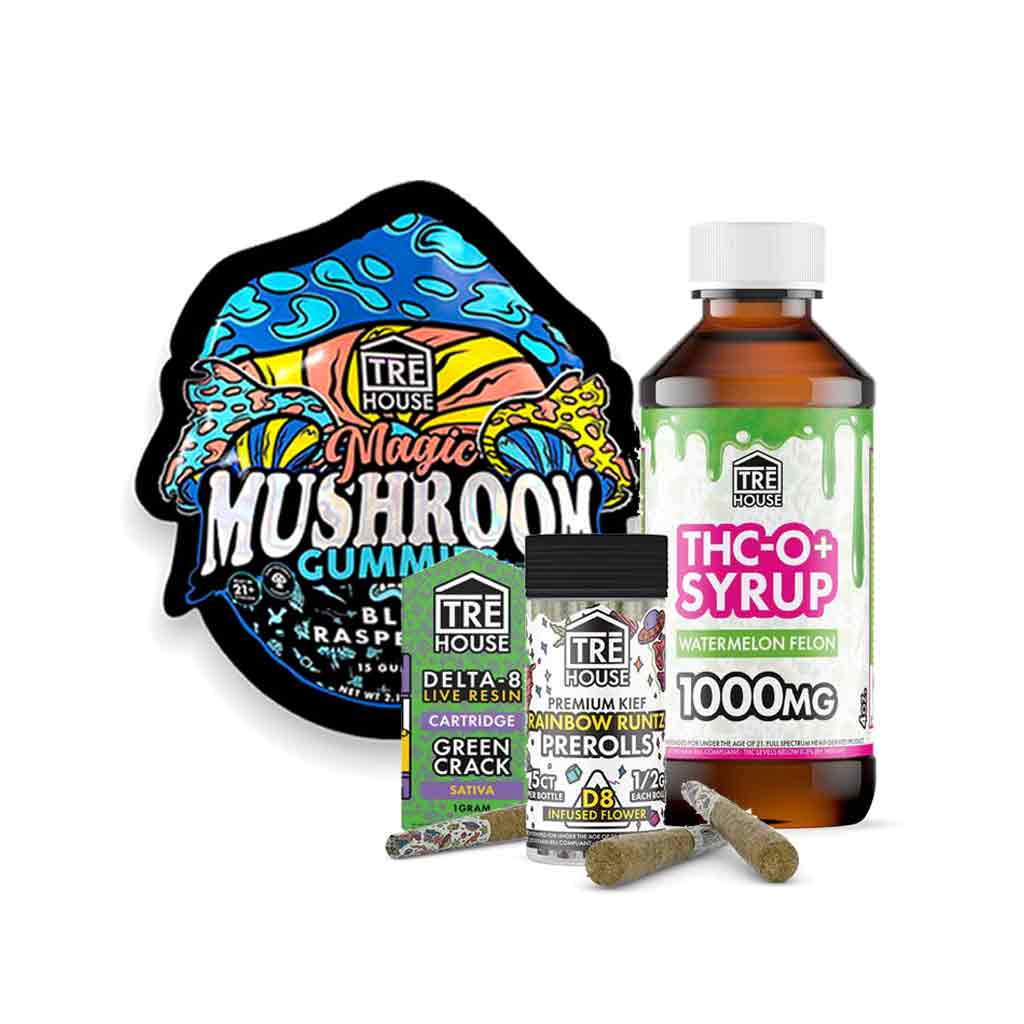
Tre House
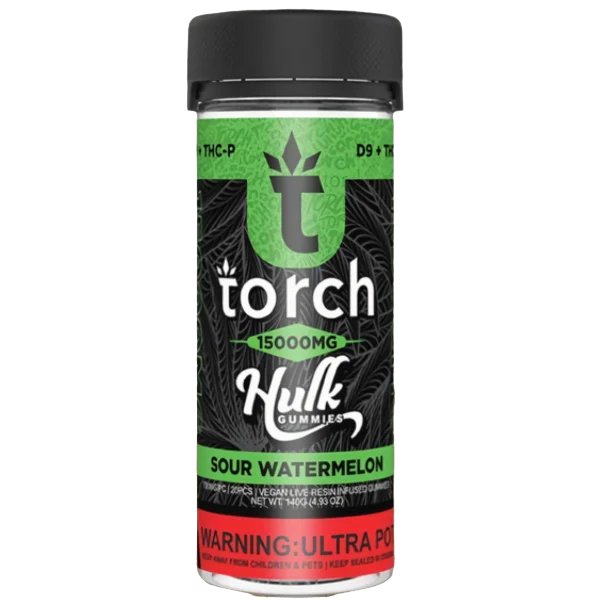
Torch

Venera
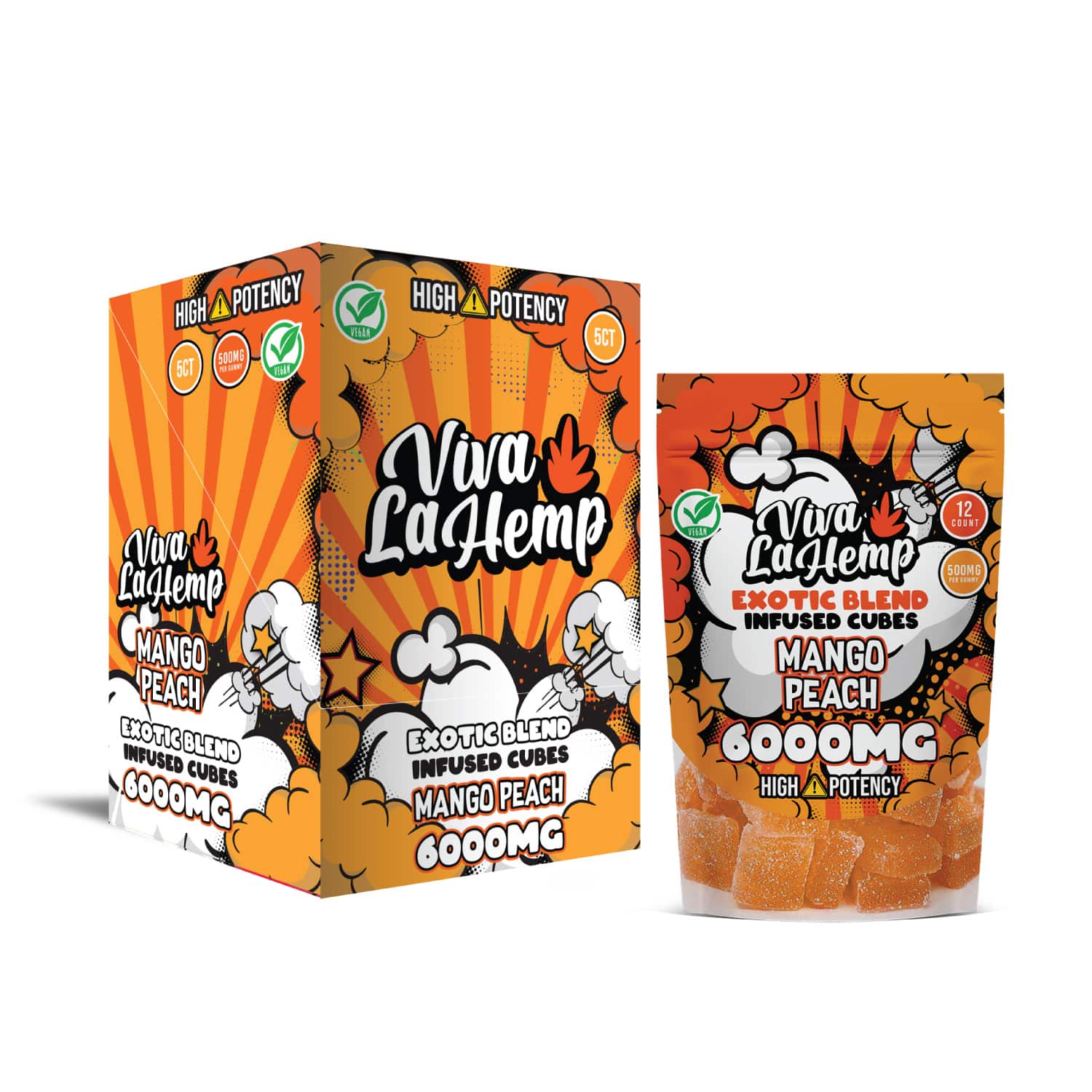
Viva La Hemp
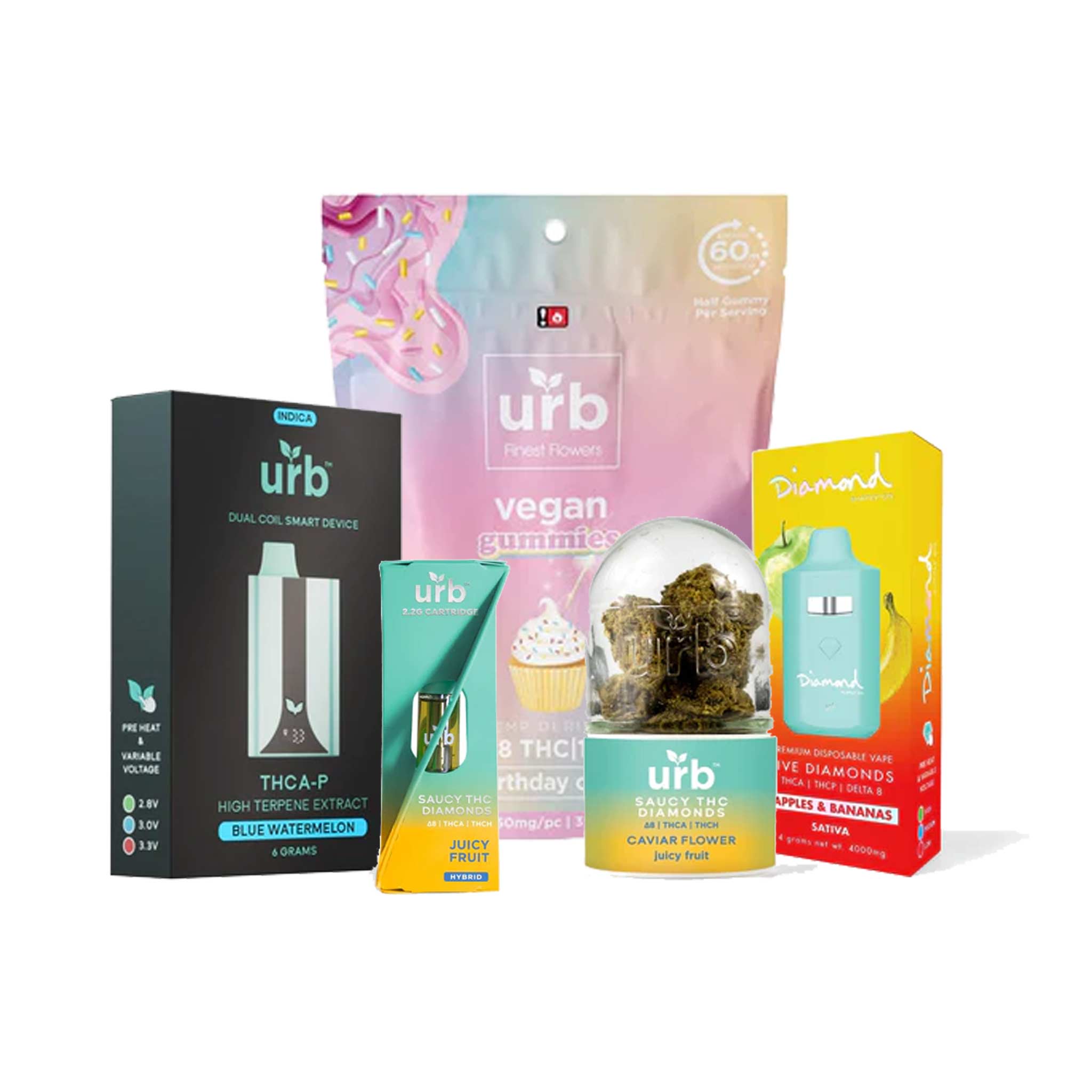
Urb

Zombi
7-Hydroxymitragynine (7-OH) is a powerful indole alkaloid and the primary active metabolite of mitragynine,... Read More
7-Hydroxymitragynine (7-OH) is a powerful indole alkaloid and the primary active metabolite of mitragynine, the dominant compound in the kratom plant (Mitragyna speciosa). Unlike mitragynine, which has mild opioid receptor activity, 7-hydroxymitragynine tablets directly activate μ-opioid receptors, producing profound analgesia, sedation, and euphoria.
Research indicates that 7-OH is up to 40 times more potent than mitragynine and approximately 13 times stronger than morphine, making it highly sought after for natural pain relief and mood enhancement.
7-Hydroxymitragynine has the formula C23H30N2O5 and a molecular weight of 414.51 g/mol. This unique structure gives it a strong affinity for opioid receptors, underlying the powerful effects delivered by 7-hydroxymitragynine tablets for sale. These tablets provide fast, effective relief and are a natural alternative for those seeking opioid-like benefits without synthetic chemicals.
While raw kratom leaves contain only trace levels of 7-Hydroxymitragynine, enhanced extracts such as Mr MX 7 Hydroxy and Mr MX 7 Hydroxy Gold concentrate this compound for a faster onset and stronger effects. These extracts are ideal for those searching for 7-hydroxymitragynine tablets for sale that deliver consistent, potent analgesic and mood-enhancing properties.
Formed mainly in the liver during mitragynine metabolism, 7-OH acts as a partial agonist at opioid receptors. This higher binding affinity explains the intense sedation and pain relief users experience. Products with elevated 7-OH levels like Mr MX 7 Hydroxy Gold offer a premium kratom experience, often sought for opioid withdrawal support or chronic pain management.
Because of its opioid-like mechanism, 7-hydroxymitragynine tablets may interact with other opioids or sedatives, increasing risks such as respiratory depression. It is crucial to consult healthcare professionals before combining 7-OH with other medications or substances.
Looking for reliable 7-hydroxymitragynine tablets for sale? At Delta Cloudz, we offer premium, lab-tested kratom extracts with enhanced 7-OH content, ensuring potency, purity, and safety. Our products provide effective pain relief and relaxation sourced naturally from kratom.
Expand your wellness journey by browsing our curated cannabis and hemp collections, featuring:
Astro Eight Collection: Cutting-edge cannabinoid products including vapes, pre-rolls, and edibles with innovative cannabinoid blends.
Pre-Rolls & Blunts Collection: Premium pre-rolls and blunts, including THCa and Delta 8 options, for smooth, convenient consumption.
THC Drinks Collection: Refreshing, fast-acting cannabis-infused beverages offering a discreet and flavorful experience.
THCa Flower Collection: Potent, lab-tested THCa flower strains for therapeutic use without intoxication.
Unlock natural pain relief, sedation, and mood enhancement with 7-hydroxymitragynine tablets from Delta Cloudz. Shop our selection now to access premium, lab-tested kratom extracts formulated for your well-being.
Visit our Astro Eight Collection, Pre-Rolls & Blunts, THC Drinks, and THCa Flower to explore more premium products designed to elevate your cannabis and hemp experience.
0 products

Astro Eight

Backpack Boyz

Boutiq

Blinkers

Cali Extrax

Cake

Cookies

Cornbread Hemp

Daywalker

Delta Extrax

Delta Munchies

ELF THC

Galaxy Treats

Ghost Hemp

Half Bak'd

Hidden Hills

Lazarus Naturals

Looper

Modus

Mellow Fellow

Muha Meds

Ocho Extracts

Packspod

Road Trip

Space Gods

STNR Creations

Smoothe

The Good Fellows

Tre House

Torch

Venera

Viva La Hemp

Urb

Zombi
Use fewer filters or clear all

Astro Eight

Backpack Boyz

Boutiq

Blinkers

Cali Extrax

Cake

Cookies

Cornbread Hemp

Daywalker

Delta Extrax

Delta Munchies

ELF THC

Galaxy Treats

Ghost Hemp

Half Bak'd

Hidden Hills

Lazarus Naturals

Looper

Modus

Mellow Fellow

Muha Meds

Ocho Extracts

Packspod

Road Trip

Space Gods

STNR Creations

Smoothe

The Good Fellows

Tre House

Torch

Venera

Viva La Hemp

Urb

Zombi

Astro Eight

Backpack Boyz

Boutiq

Blinkers

Cali Extrax

Cake

Cookies

Cornbread Hemp

Daywalker

Delta Extrax

Delta Munchies

ELF THC

Galaxy Treats

Ghost Hemp

Half Bak'd

Hidden Hills

Lazarus Naturals

Looper

Modus

Mellow Fellow

Muha Meds

Ocho Extracts

Packspod

Road Trip

Space Gods

STNR Creations

Smoothe

The Good Fellows

Tre House

Torch

Venera

Viva La Hemp

Urb

Zombi
You're $100.00 away from $25 OFF
$25 OFF
$35 OFF +
Free Shipping
$50 OFF +
Free Shipping
★★★★★ Join 25,000+ Happy Customers
Add any of these options to improve your shopping experience.

Add a THC drink at a discounted price.
$3.95 USD

Add a two-pack 700MG XXL THC Gummy at a discounted price.
$5.00 USD

Add a 2 g mystery vape at a discounted price.
$17.00 USD

Get your order processed faster by our team.
$3.95 USD

Protect your order during shipment.
$4.99 USD
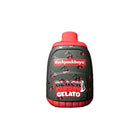
Black Cherry Gelato - Backpack Boyz...
$39.95
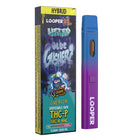
Blue Gusherz - Looper Lifted Series...
$23.95
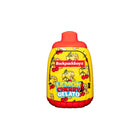
Lemon Cherry Gelato - Backpack Boyz...
$39.95
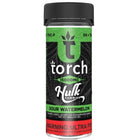
Sour Watermelon - Torch Hulk Live...
$29.95
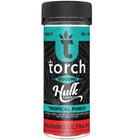
Tropical Punch - Torch Hulk Live...
$29.95

Blood Orange Bliss - Cornbread Hemp...
$39.95

Blueberry Breeze - Cornbread Hemp THC...
$39.95

Watermelon - Cornbread Hemp CBD 3000MG...
$66.95

Watermelon - Cornbread Hemp CBD 1500MG...
$49.95

Watermelon - Cornbread Hemp CBD 750MG...
$39.95
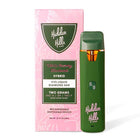
White Gummy Ztarburst - Hidden Hills...
$23.95
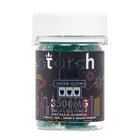
Blue Razz - Torch Gummies 3500MG...
$26.95
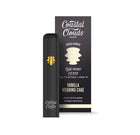
Vanilla Wedding Cake - Coastal Clouds...
$29.95
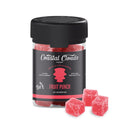
Fruit Punch - Coastal Clouds Gummies...
$24.95
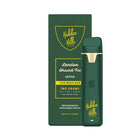
London Shaved Ice - Hidden Hills...
$24.95

If you're not satisfied with your order, contact us, and we'll make it right!
Subtotal
$0.00
Extra Discount
-$0.00
TotalShow Details
$0.00
Shipping
Calculated at checkout
Expected Delivery:
Expected Delivery:

